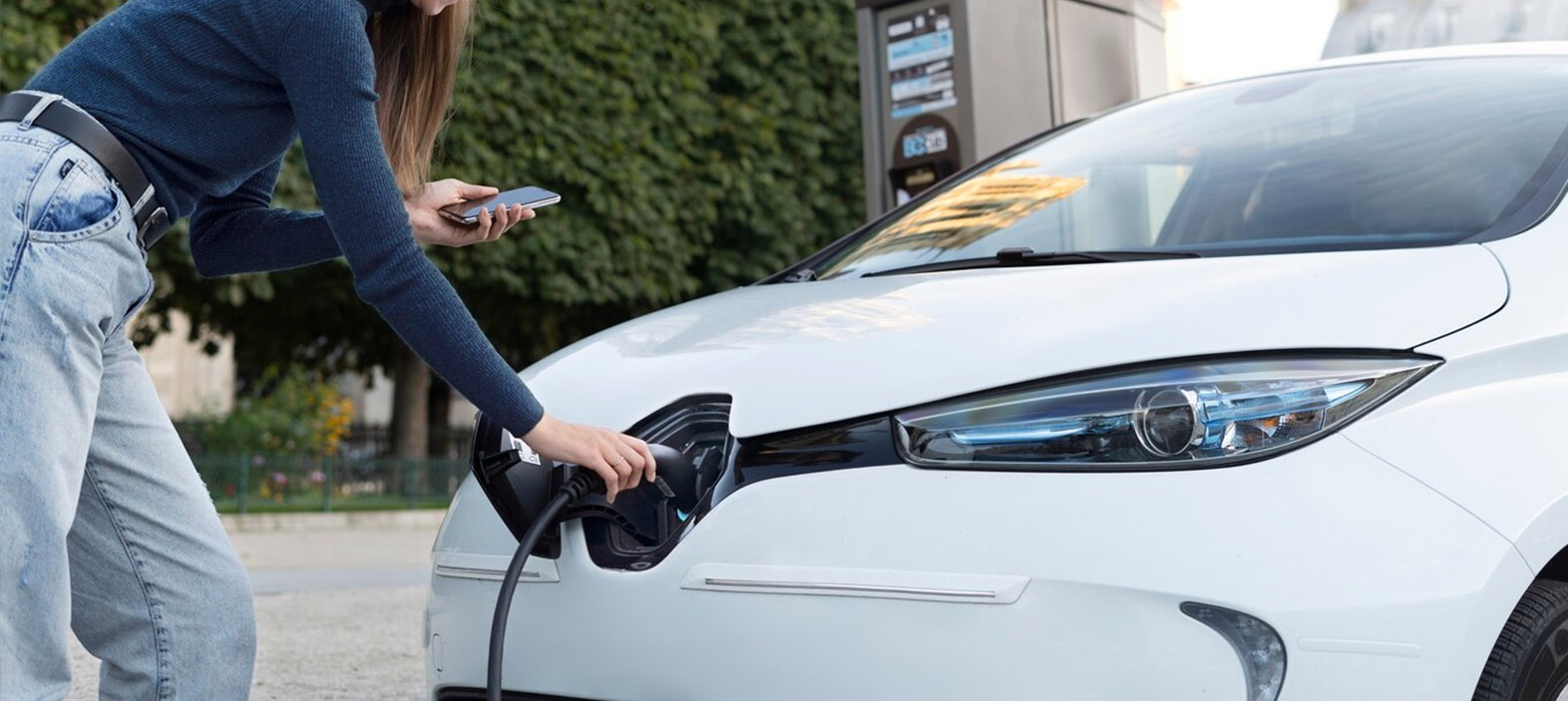
How Does Carbon Fiber Contribute to the Revolution in Electric Vehicles?
👁 Reads: 540
In the world of technological development, industries are shifting rigorously towards sustainable means of transportation, such as Electric Vehicles or EVs. Besides an environmentally friendly alternative, Electric Vehicles have become the most efficient as well as less emphasis on consumers' financial ability. But that's not all! Research is constantly going on to make even better solutions. Moreover, being a revolutionary innovation, implementing Carbon fiber products has drastically benefited the EV Industry.
Carbon fiber, with its exhilarating features like lightweight and durable structure, improves efficiency both in terms of aesthetics and performance. Here, we'll understand how implementing carbon fiber in the EV industry enhances efficiency.
Understand How Carbon Fiber is Evolving the EV Industry?
Materials like carbon fiber and resin create Composite carbon fiber, which provides enhanced attributes. For example, it is firmer and lighter than most metals, making it ideal for lowering vehicle weight. It retains structural integrity. Moreover, carbon fiber is invulnerable to corrosion, fatigue, and heat, making it more robust and dependable than other materials.
Implementing carbon fiber components enhances the overall process efficiency by reducing maintenance costs by more than half compared to traditional ones. It can produce different parts used in the car, like chassis, panels, bonnets, and roofs. Using carbon fiber custom parts to produce different parts improves the fuel density and helps store energy. Carbon fiber composites used in electric vehicles have less impact on the environment.
Components That Make Carbon Fiber a Key Player In Revolutionizing EV
Here are some of the most critical aspects that make EV integration with Carbon fiber remarkable:
Increased efficiency
Carbon fiber is considerably lighter than conventional materials such as steel and aluminum. Automobile manufacturers may lower the total weight of their vehicles by adding carbon fiber components. This weight reduction is critical in boosting energy efficiency and increasing the range of electric vehicles on a single charge.
Aerodynamics
Carbon fiber increases design freedom. It allows automakers to develop sleek, aerodynamic designs. Improved aerodynamics help lower air resistance. It increases the efficiency and range of electric cars. Furthermore, carbon fiber's visual appeal and modern appearance contribute to new and appealing vehicle designs. It helps make electric vehicles popular.
Thermal systems
You can customize carbon fiber materials to exhibit specific thermal properties. EVs must maintain optimal operating temperatures. It is essential. Carbon fiber has thermal conductivity capabilities and helps keep temperatures stable. It can also disperse heat, and improve vehicle economy.
Increased Strength and Safety
The automotive industry prioritizes safety as its first concern, making it an ideal material for reinforcing the structural integrity of electric vehicles. Carbon fiber components improve EV safety. They provide a sturdy, impact-resistant framework. It lowers the risk of injury in a collision.
Noise Reduction and Comfort
Carbon fiber custom parts may reduce noise and increase comfort. Interior panels in EVs help to reduce road noise, wind noise, and mechanical vibrations. Furthermore, various vehicle components can integrate their dual-action sound-absorbing and thermal properties. It provides a barrier against noise. It also blocks temperature fluctuations.
Versatility
Composites are versatile. They can form intricate shapes and designs. It is a significant advantage in the automotive industry. Exterior design and interior ergonomics are important factors in determining an electric vehicle's appeal. Carbon fiber custom parts allow designers to push the limits of their creativity. They can use sleek curves and intricate internal components. They can do this while maintaining the material's structure.
Integration of Composites in Electric Vehicles
Although there are many examples of carbon fiber products being effectively integrated into the electric vehicle industry, here are a few of them:
- BMW i3: The BMW i3 is a cutting-edge example of an electric vehicle built with composite materials.
- Lucid Air: An integrated composite frame made of carbon fiber and aluminum makes up this opulent electric automobile.
- Tesla: Using composite materials, Tesla is a leader in the electric vehicle industry. Aluminum-intensive architectures with composite materials used for various components are seen in the Tesla Model S and Model X.
Wrapping Up!
Finally, carbon fiber is essential in driving the electric vehicle revolution. Its distinct combination of lightweight properties, strength, and versatility changes how electric vehicles are designed, built, and perceived. Carbon fiber custom parts will become even more prevalent in the electric vehicle market as technology advances and production costs fall, contributing to the automotive industry's long-term sustainability and efficiency.





